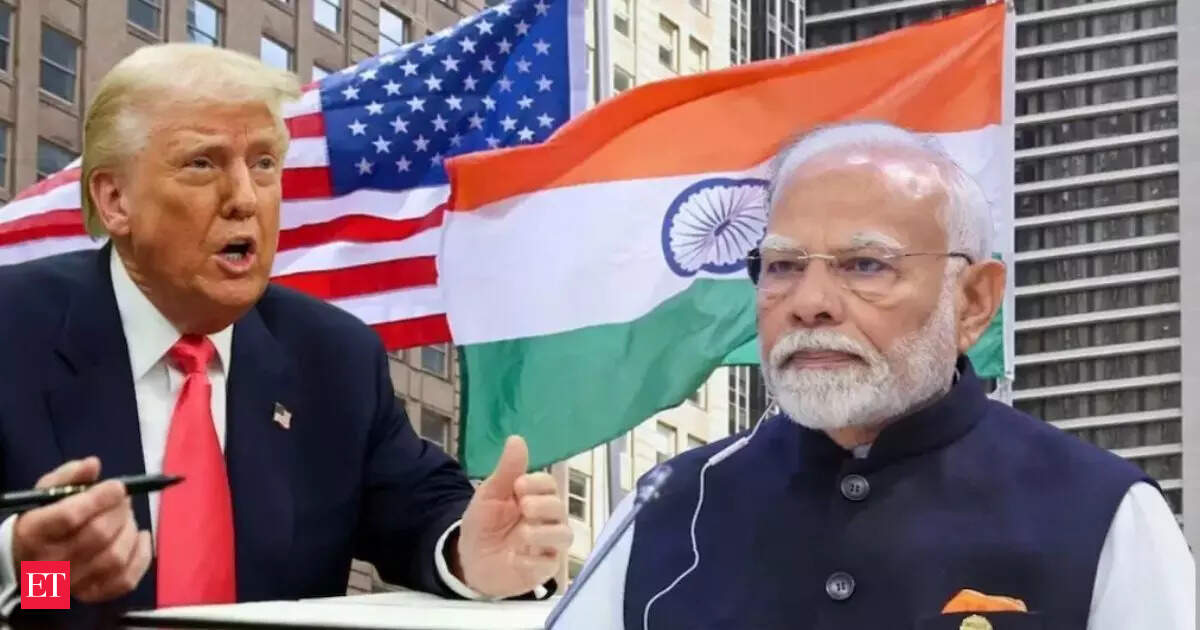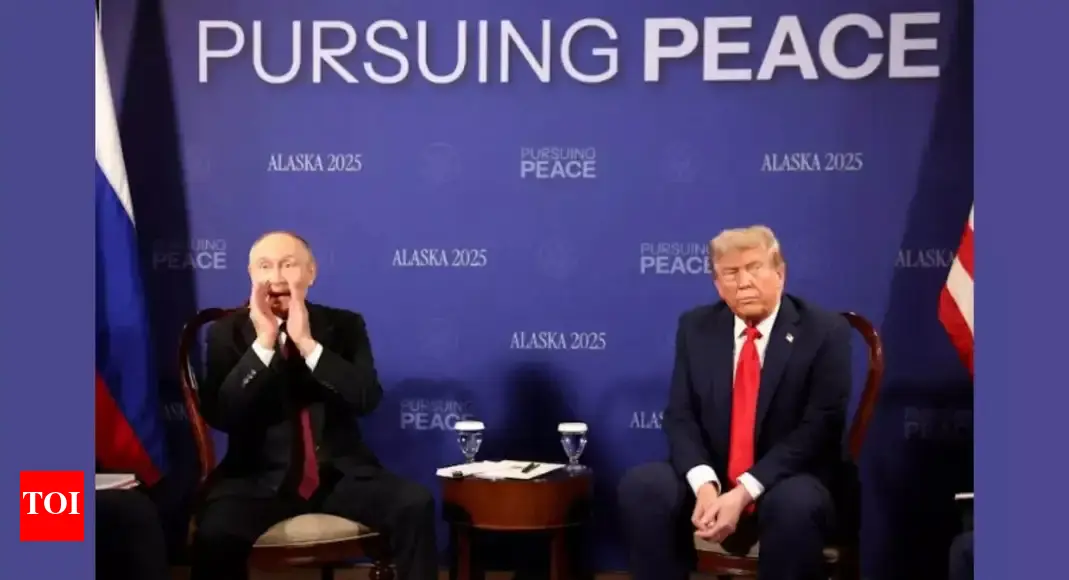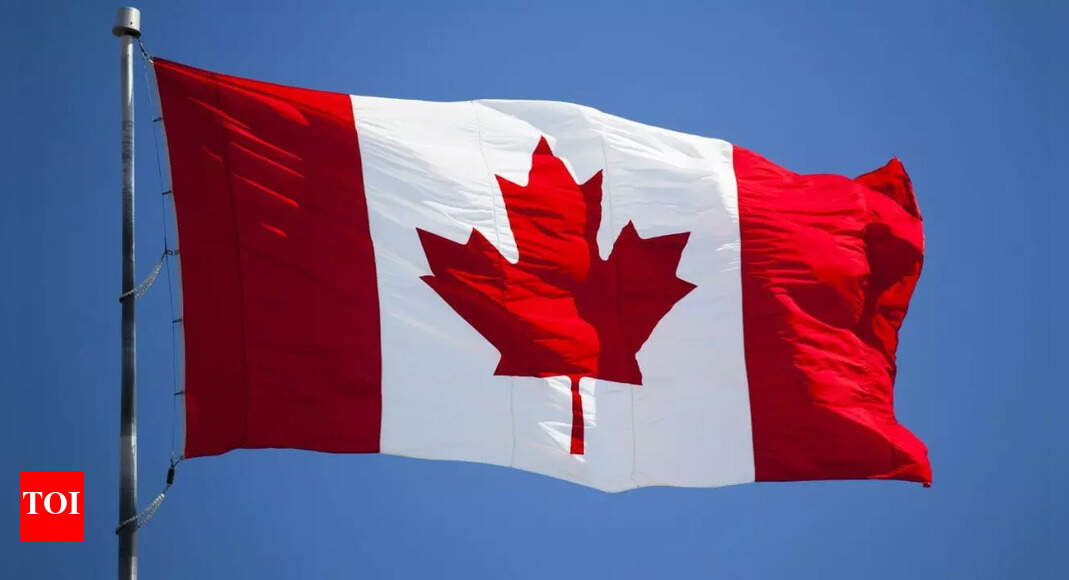As the standoff lingers, the question now is: can India once again sidestep the looming tariff threat through continued engagement, or is India running out of diplomatic runway?
The backdrop to this impasse began in April when US President Donald Trump threatened to impose a 26% tariff on Indian imports as part of his administration’s aggressive “America First” trade strategy. India initially managed to avoid immediate implementation, as the US marked July 9n as the deadline to give time to negoatiatons. However, the trade deal was nowhere in sight despite stretched talks by July 9 deadline which was then pushed to August 1 in light of the ongoing discussions. However, the absence of concrete progress in five rounds of talks has placed the potential trade deal on precarious ground.
If tariffs are imposed, it could affect billions in Indian exports — particularly textiles, pharma, chemicals and gems and jewelry — at a time when India is striving to position itself as a key manufacturing alternative to China.
The dealdock persists
At the heart of the impasse lies a politically and economically sensitive issue: US demands for reduced tariffs and greater access for its agricultural and dairy products, including genetically modified crops and dairy. India, for its part, has remained firm in its refusal, citing domestic sensitivities. The country’s agricultural sector is highly fragmented, dominated by small-scale farmers who are vulnerable to price fluctuations and competition from large-scale US producers.
Furthermore, the dairy industry in India has cultural and religious underpinnings. American dairy products, which are often derived from animals fed with meat, conflict with the largely vegetarian dietary norms and religious sentiments prevalent across India. Also, full access to American dairy products will harm India’s own dairy sector. Politically, yielding ground on this front could also risk backlash from powerful domestic constituencies.
India’s negotiation playbook: Delay, dialogue and leverage
India’s negotiating strategy so far has revolved around three pillars. First, India has skillfully used continued engagement as a tool to delay harsh measures. By keeping talks active, India has created just enough diplomatic cover to avoid formal tariffs, as seen when the original July 9 deadline was extended without consequences.
Second, rather than seeking a comprehensive deal, India has favored a fragmented approach — agreeing to concessions on other sectors while firmly resisting pressure on sensitive areas like agriculture. Notably, unlike other countries, India has not received a formal tariff letter from Trump. This ambiguity, whether strategic or incidental, has given India additional diplomatic breathing room to argue that negotiations are still fluid.
Third, as the US increasingly courts India as a strategic partner to counterbalance China, India has used its geopolitical weight to influence negotiations. India knows that the US, while tough on trade, also sees India as critical in its Indo-Pacific calculus.
Will India get another reprieve from Trump?
Given recent statements from US Treasury Secretary Scott Bessent, there’s still a faint glimmer of flexibility. Bessent told CNBC on Monday that the Trump administration was more concerned with the quality of trade agreements than their timing. Asked if the deadline could be extended for countries in talks, he said it was up to Trump. However, he said, “We’ll see what the President wants to do. But again, if we somehow boomerang back to the August 1 tariff, I would think that a higher tariff level will put more pressure on those countries to come with better agreements.”
Bessent emphasized that quality matters more than timing, leaving open the possibility that Trump could push back the deadline if talks show potential. However, he also warned that returning to the tariff threat could serve as leverage to secure better deals. This dual messaging — flexibility mixed with threat — is classic Trump-era brinkmanship. India must now judge whether continued engagement can again defer punitive measures or whether the US is prepared to finally call time on negotiations.
As of now, a full deal before August 1 seems unlikely. However, India may still succeed in dodging tariffs, at least temporarily, by ensuring the US perceives the ongoing dialogue as meaningful. The incoming American trade delegation’s visit to New Delhi is a critical indicator that Washington hasn’t shut the door entirely.
India’s strategy of engaging without yielding may once again help it avoid the tariff bullet. But this game of delay has its limits. If the US begins to see India’s stance as obstinate rather than strategic, the pressure could intensify rapidly. Still, with geopolitics on its side, and with Trump’s focus as much on optics as outcomes, India might just navigate past August 1 with some deft diplomacy. Whether that buys enough time for a real breakthrough, or just postpones the inevitable, remains to be seen.





